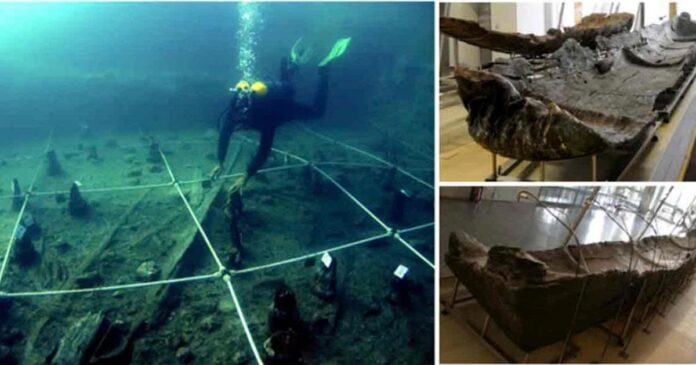Unearthing the Secrets of Neolithic Seafaring
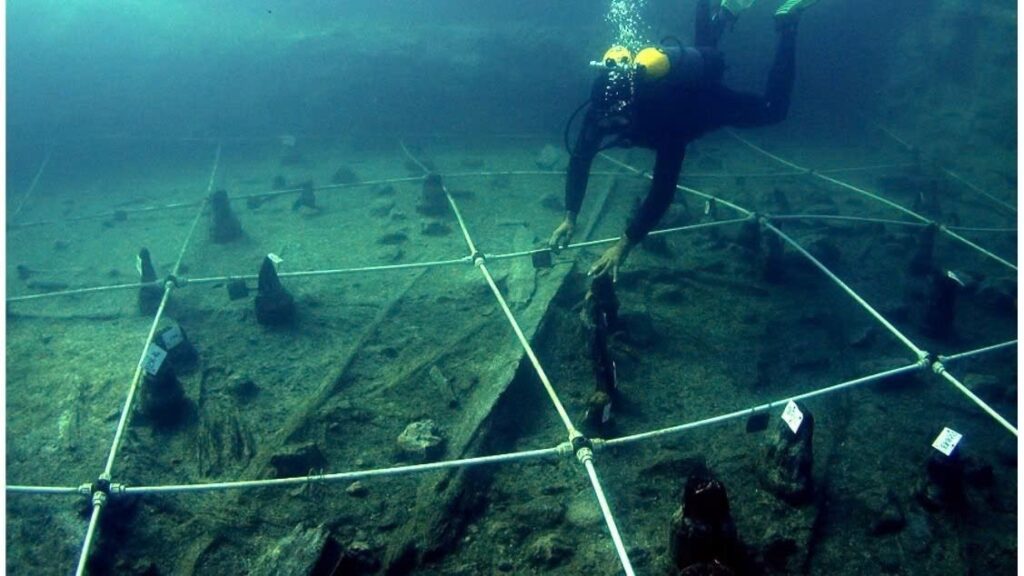
In the depths of an Italian lake, a remarkable discovery has shed new light on the maritime prowess of our Stone Age ancestors. Five ancient canoes, dating back over 7,000 years, have emerged as silent witnesses to a pivotal era in human history. These vessels, found at the Neolithic village of La Marmotta near Rome, are not just the oldest of their kind in the Mediterranean – they’re reshaping our understanding of early nautical technology.
A Technological Marvel from the Stone Age
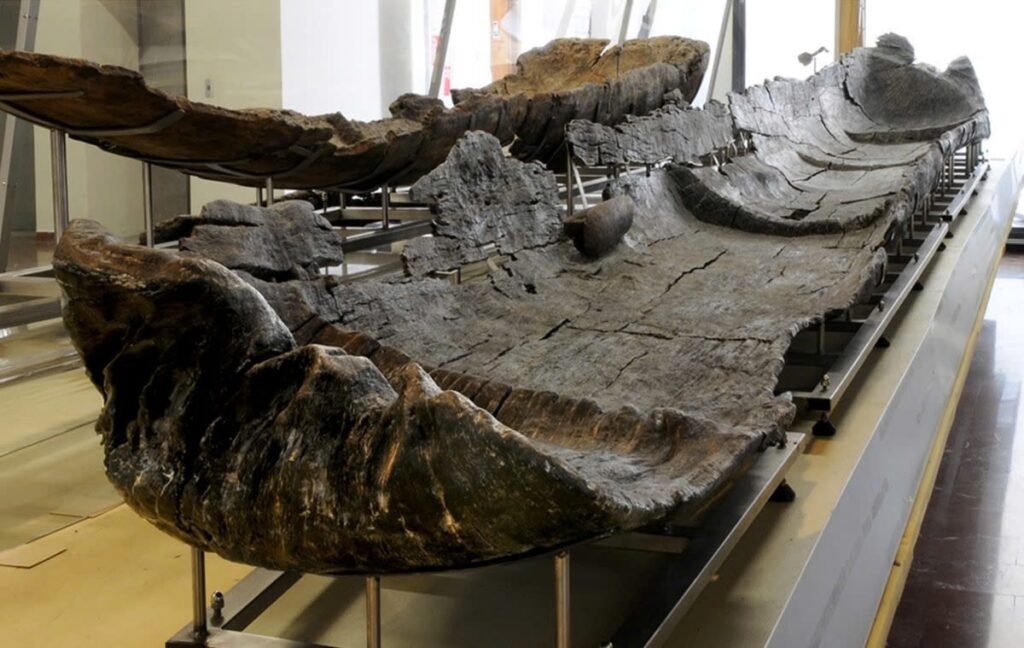
The canoes, crafted between 5700 and 5100 BC, showcase a level of sophistication that has surprised even seasoned archaeologists. Built from four different types of wood, these dugout boats incorporate advanced construction techniques like transverse reinforcements. One canoe even comes equipped with T-shaped wooden objects, likely used for rigging sails – a feature previously thought to be beyond the capabilities of Neolithic boat builders.
Sailing the Cradle of Civilization
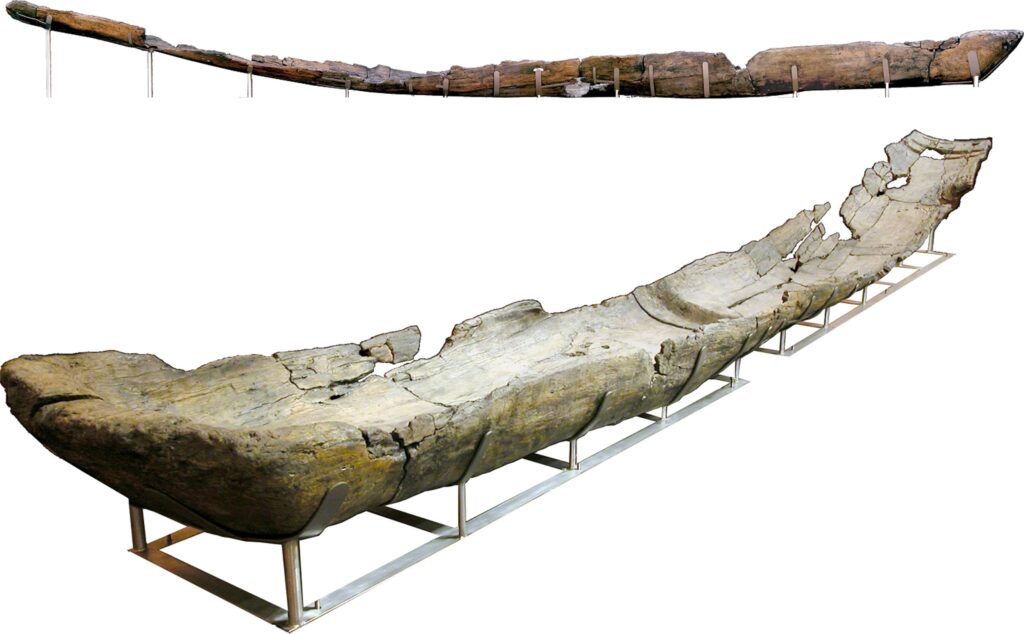
This discovery isn’t just about boats; it’s about the spread of civilization itself. The Mediterranean, birthplace of legendary seafaring cultures like the Phoenicians and Greeks, was already a bustling maritime highway thousands of years earlier than we thought. These canoes suggest that Neolithic communities were adept at navigating the Mediterranean waters, facilitating rapid movement of people, ideas, and goods.
The Ripple Effect of Ancient Innovation
From Stone Tools to Seaworthy Vessels
The presence of stone tools from nearby islands at the La Marmotta site further supports the seaworthiness of these vessels. This evidence paints a picture of a thriving maritime culture, capable of island-hopping and coastal exploration. The researchers behind this study, published in PLOS ONE, believe these canoes required not just advanced knowledge of wood properties and structural design, but also organized, specialized labor.
A Bridge to Modern Nautical Technology
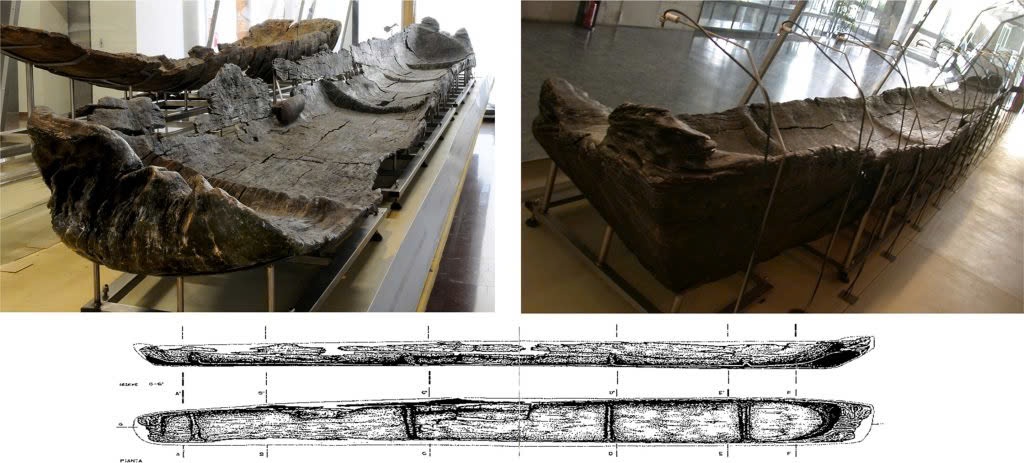
Perhaps most intriguingly, the researchers note similarities between these ancient vessels and more recent nautical technologies. This continuity suggests that the Neolithic period was a time of significant advancements in sailing – innovations that would lay the groundwork for millennia of maritime exploration and trade.
Looking to the Future by Understanding the Past
As we marvel at these ancient canoes, we’re reminded that there’s still much to learn about our seafaring ancestors. The researchers hint at the possibility of more boats waiting to be discovered near La Marmotta, promising future insights into this fascinating chapter of human history.
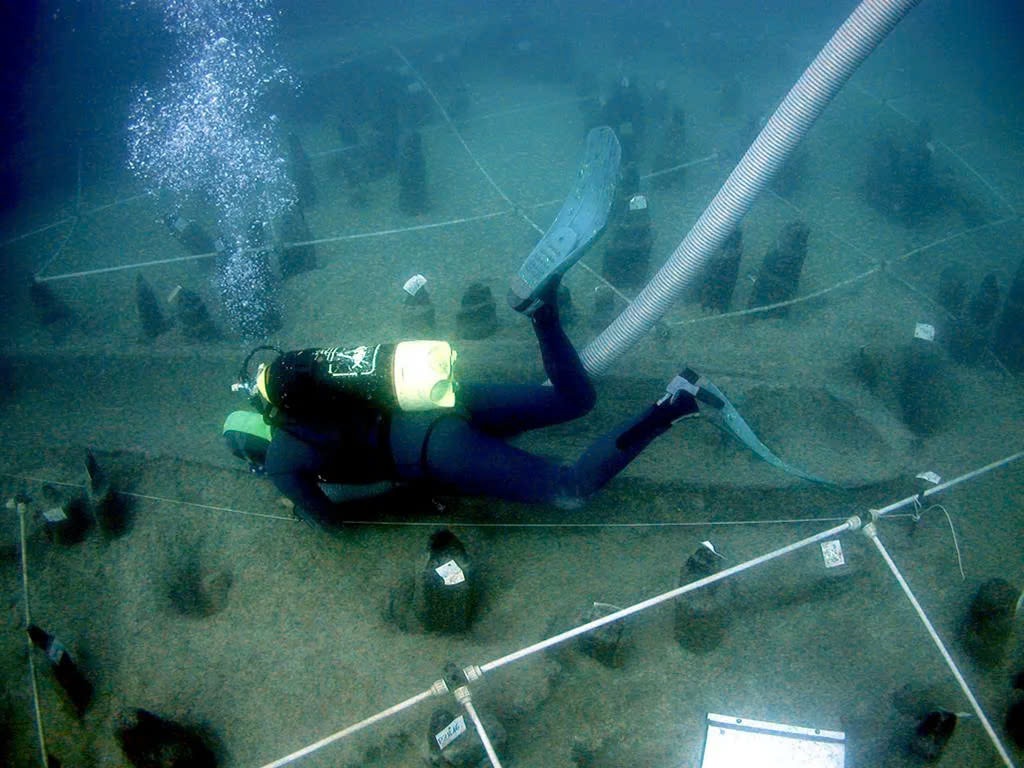
In uncovering these 7,000-year-old vessels, we’ve not only found the oldest canoes in the Mediterranean – we’ve gained invaluable insights into Neolithic navigation and the early roots of the great maritime civilizations that would shape the ancient world.
